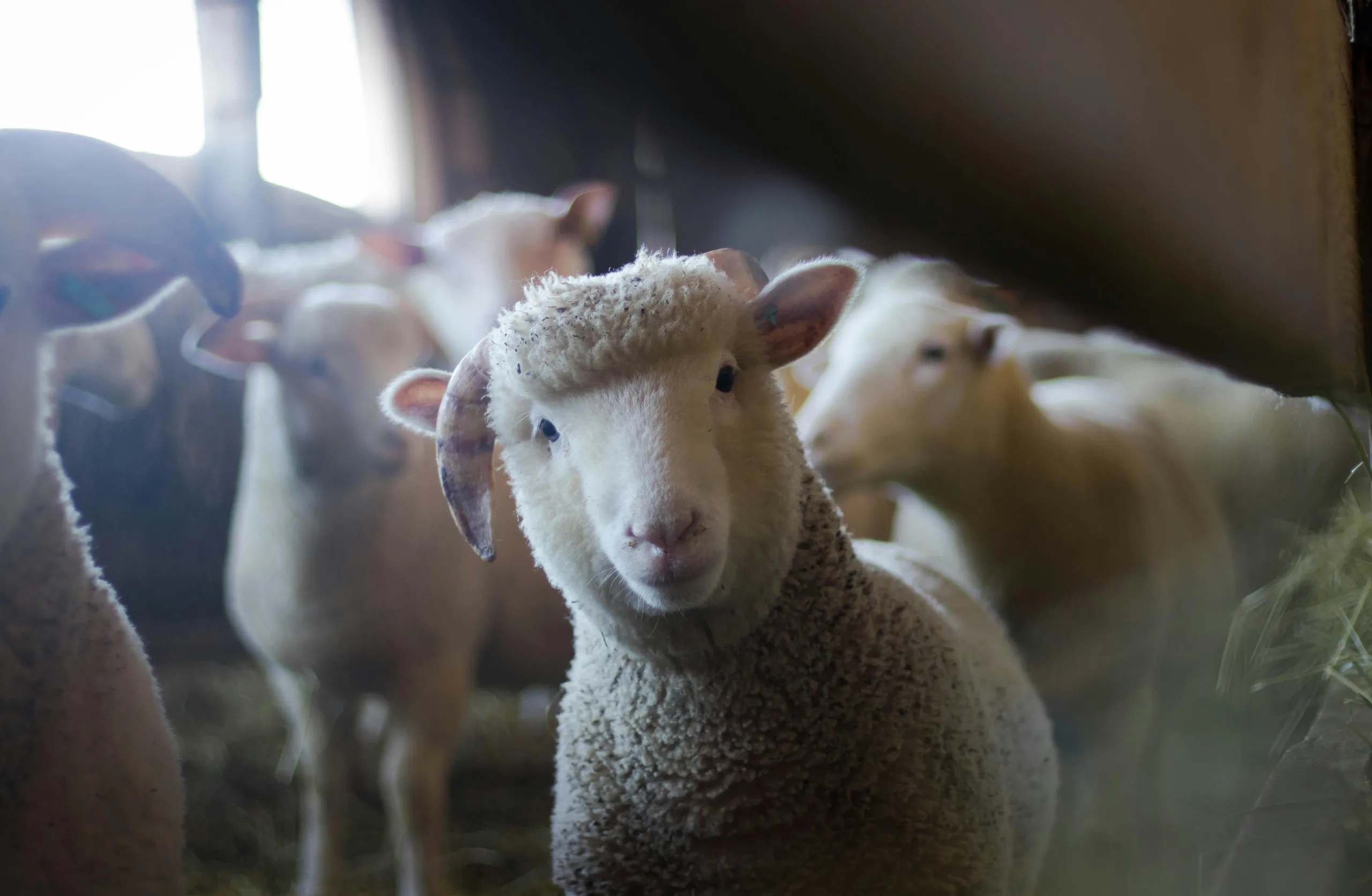Choosing Sheep Breeds course is a perfect introduction to help you become more familiar with sheep species. This course is a great place to start learning about keeping sheep, or starting your career in sheep farming or husbandry. This choosing sheep breeds short course provides a foundation for understanding what breed of sheep to raise for farming, and how to raise them.
There are many thousands of known breeds of sheep but many are old, threatened with extinction or already extinct, or perhaps not even registered. By contrast other breeds are well-managed, well maintained, and registered. Breeds are often classified according to the purpose they are primarily used for. This may be for wool, meat or dairy. Most sheep are relatively good for more than one purpose (often meat and wool); but few excel at all three.
How does it work?
At the end of each lesson, you will be given a short interactive test to undertake, which will provide an indication of how your learning is progressing. Upon completing the very last lesson, you will be offered a more thorough automated test or examination. This final assessment can be undertaken at any time of day or night; and any day of the week; and if you achieve an overall pass (60% or more); you will be able to obtain a “certificate of completion” with your name and completion date on it.
Note: these short courses are self-guided online courses and are not to be confused with our tutor-supported online courses.
There are 7 Lessons in this course:
1. Domesticated Sheep in Human History
-
- Types of Sheep
- Ovis aries
- Ovis canedensis
- Ovis dalli
- Ovis ammon
- Ovis nivicola
- Sheep in History
- Science in Sheep Farming
- Sheep Farming is No Easy Feat
- Wool
- Hides
- Milk
- Meat
- Types of Domestic Breeds
- Breeds for Fine Wool
- Breeds for Long Wool
- Breeds for Meat
2. Biology and Behaviour
-
- Sheep Biology & Appearance
- Sheep Behaviour
3. Husbandry Practices
-
- General Daily Care
- Scheduled Practices
- Drenching (as required)
- Injecting (as required – often twice annually)
- Dipping (once a month – depending on seasonal and climatic conditions)
- Hoof trimming (once annually)
- Shearing and crutching (once a year)
- Tail docking (soon after birth)
- Castration of lambs
- Responding to Problems
- Ewes and lambs that don’t pair-up after birth
- Weeds in the pasture and poisonous plants
- Pests and diseases
- Breech births and problems during lambing
- Administering first aid
4. Breeds and Breeding
-
- Breed Types
- More about Breed Categories
- Breeds for Smaller Properties
- Meat and Wool Sheep
- Mini Breeds
- Milk Sheep
- Feeding Sheep

